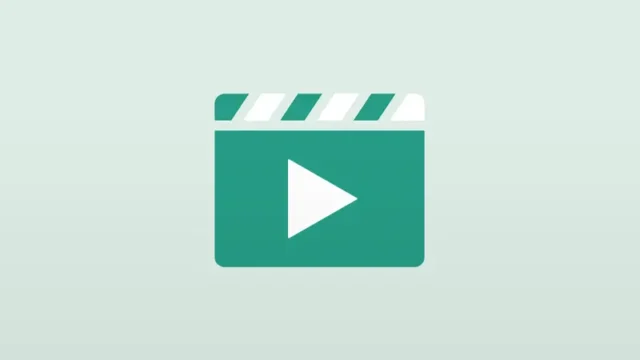Stress and Resilience: How Toxic Stress Affects Us, and What We Can Do About It

This page has been translated.
When the stress in your life just doesn’t let up, and it feels like you have no support to get through the day—let alone do everything you need to do to be the best parent you can be—it can seem like there’s nothing that can make it better. But there are resources that can help, and this kind of stress—known as “toxic stress”—doesn’t have to define your life. In this video, learn more about what toxic stress is, how it can affect you, and what you can do—both by yourself and in connection with your community—to deal with what you’re experiencing. Because even when toxic stress is caused by things you can’t control, like poverty, abuse, or racism, there are still ways both big and small to help you cope. After you’ve watched this video, you may be wondering: now what?
Here are a few suggested resources for parents and policymakers and practitioners.
For parents:
Watch Follow-Up Videos: Toxic stress is never the whole story, even for those who may have experienced a lot of it, or are feeling it now. Learn more about what it means to be resilient against such stress in this series of videos.
Get Information from Fellow Parents: Everyone needs support in difficult times, but it can feel hard to find, especially when experiencing toxic stress means making plans is even more difficult than usual! Learn more about supports that have helped other parents, from other parents, in articles and resources from Rise magazine. This article in particular gives concrete ideas on what to do for both parents and their caseworkers when a child is in foster care.
Download Free Activities Guides: Much like playing “I Spy” with your child can create a moment of connection and help to build resilience, there are a number of other simple, free, age-appropriate activities that can build your child’s brain, and can even create a stronger bond between you. Get lots of suggestions for these sorts of games in the Activities Guides. And you can learn more about how these interactions, known as Serve and Return, help your child develop and grow to meet their full potential.
View Infographic: In this infographic and related article, learn more about what toxic stress means and what we can do about it, both as individuals, and as a community.
Watch Follow-Up Videos: Toxic stress is never the whole story, even for those who may have experienced a lot of it, or are feeling it now. Learn more about what it means to be resilient against such stress in this series of videos.
For policymakers and practitioners:
We all want our society’s children to grow and meet their full potential. Unfortunately, complex government policies and limited or difficult-to-access services are often the cause of undue stress, rather than helping to reduce it. That’s why policies in many arenas, including those directed toward early care and education, child protective services, adult mental health, and family economic supports, among others, can and should promote the safe, supportive environments and stable, caring relationships that children need.
- Shape Policies to Support Child Development: Learn more about three principles that can help inform policy and practice to improve outcomes for children and families.
- Get Examples of Successful Policies and Practices: In the series “Tackling Toxic Stress,” learn more about how innovators in fields from policy to pediatrics have faced issues related to toxic stress head on.
- Download a Child Welfare-Specific Policy Guide: Get more information on how to apply the science of child development to child welfare systems.
- Understand Stress and Resilience at the Societal Level: In this science presentation, David Williams of the Harvard T.H. Chan School of Public Health looks at the social and behavioral factors–including socioeconomic status, race, discrimination, and place–that play a role in triggering toxic stress for children and adults.